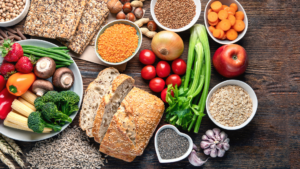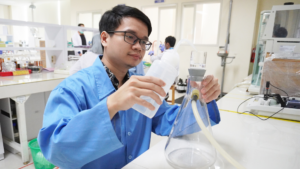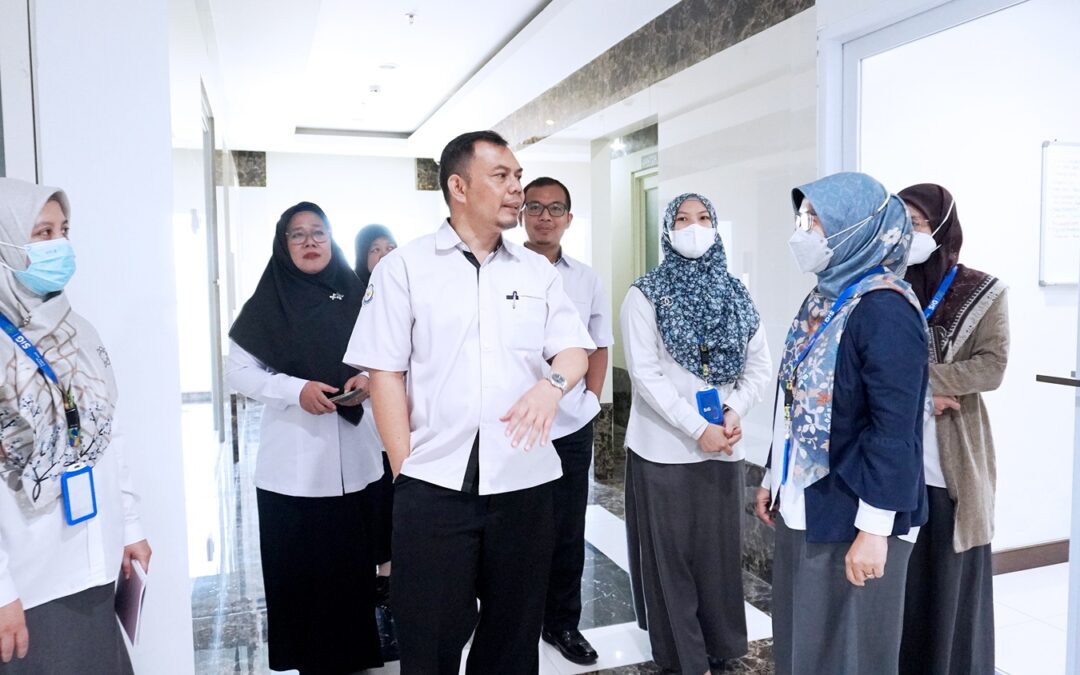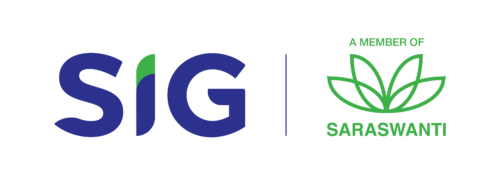AOAC 2017 & 2022 Dietary Fiber, Appropriate Methods for Accurate Results

Fiber is a type of carbohydrate that cannot be digested by the human body so it can help regulate the body’s use of sugar, helping to keep hunger and blood sugar in check. Great sources are whole grains, whole fruits and vegetables, legumes, and nuts (Institute of Medicine, 2005). Along with its development, the indigestible oligosaccharides (DP = 3-9) are also included in the definition of dietary fiber.
Dietary Fiber contained in food and drinks is able to absorb water and attract glucose, so it reduces the availability of glucose. This situation can reduce the blood glucose increase and keep it under control (Ministry of Health of the Republic of Indonesia).
PerBPOM No. 26 of 2021 About Nutrition Fact on the Processed Food Labels
If declared available carbohydrates, it must be accompanied by the analysis result of dietary fiber. Dietary fiber must be declared if it is present in significant quantities, more than 0.5 grams per serving.
How SIG Helps
As an ISO 17025 accredited laboratory, SIG success in developing a dietary fiber analysis (the latest CODEX definition covering oligosaccharides), FIRST IN INDONESIA, based on AOAC 2017.16 for total dietary fiber and AOAC 2022.01 for soluble and insoluble dietary fiber using a Rapid Integrated Assay that can overcome the limitations of the method of dietary fiber test by AOAC 985.29 and AOAC 991.43.
This method combines gravimetry for the detection of insoluble dietary fiber and high molecular weight soluble dietary fiber such as cellulose, lignin, and resistant starch, and HPLC instrumentation for the detection of refractive index to detect types of soluble dietary fiber with low molecular weight such as oligosaccharides: FOS, GOS, fructans, and inulin. So the dietary fiber content in the sample is calculated completely and accurately.
Library of Knowledge

Verification Visit by the Indonesian Agency of Fish Quarantine, Quality Control, and Safety of Fishery Products (BKIPM) at SIG
SIG as a laboratory that conducts fishery products testing received a visit from the Indonesian Agency of Fish Quarantine, Quality Control, and...

SIG successfully explained the importance of Sulfuryl Fluoride (SF) analysis at the Asia Pacific Food Analysis Forum (APFAN) 2023
On Wednesday 24 May 2023, SIG through its representative, Insan Patria as the supervisor of the research division, had the opportunity to present...

Prove it Spicy by Scoville Heat Units Test!
CapsaicinoidsCapsaicinoids are the chemical components in capsicum that give the sensation of a spicy taste. The most common and most abundant...

GMP+ International Certification
Along with SIG's determination to strengthen its existence as part of a global network and towards a safer world, we are proud to announce that SIG...
SIG Laboratory
Graha SIG, Jl Rasamala No. 20, Taman Yasmin, Bogor, Jawa Barat 16113.
Phone. +62 251 7532 348
WhatsApp. +62 82 111 516 516
Email. marketing-sig@saraswanti.com
SIG Jakarta
Jl. Percetakan Negara No. 52 B RT 006 / RW 001, Rawasari, Cempaka Putih, Jakarta Pusat 10570.
Phone. +62 21 2147 9292
SIG Surabaya
AMG Tower, 12th Floor, Jl. Dukuh Menanggal 1-A, Gayungan, Surabaya, Jawa Timur, 60234.
Phone. +62 31 8253 1288
WhatsApp. +62 818 885 165
Email. marketing@sigsurabaya.com
SIG Semarang
Jl. Kanfer Raya Blok R No. 4 Pedalangan, Kec. Banyumanik, Kota Semarang, Jawa Tengah 50268.
Phone. +62 24 7004 0541
WhatsApp. +62 812 9000 5165
Email. cs.sigsmg@saraswanti.com
SIG Medan
Jl. Bunga Asoka, Ruko Komp. Asoka Raya Residance No. 1, Medan Selayang, Sumatera Utara 20133,
WhatsApp. +62 822 7207 9665
Email. salesmedan.sig@saraswanti.com
SIG Yogyakarta
WhatsApp. +62 896 4856 9422
Email. arifin.sig@saraswanti.com
SIG Makassar
WhatsApp. +62 853 3843 9816
Email. anwar@sigsurabaya.com
Operational Hours
Monday to Friday
08.00 - 17.00 WIB.


